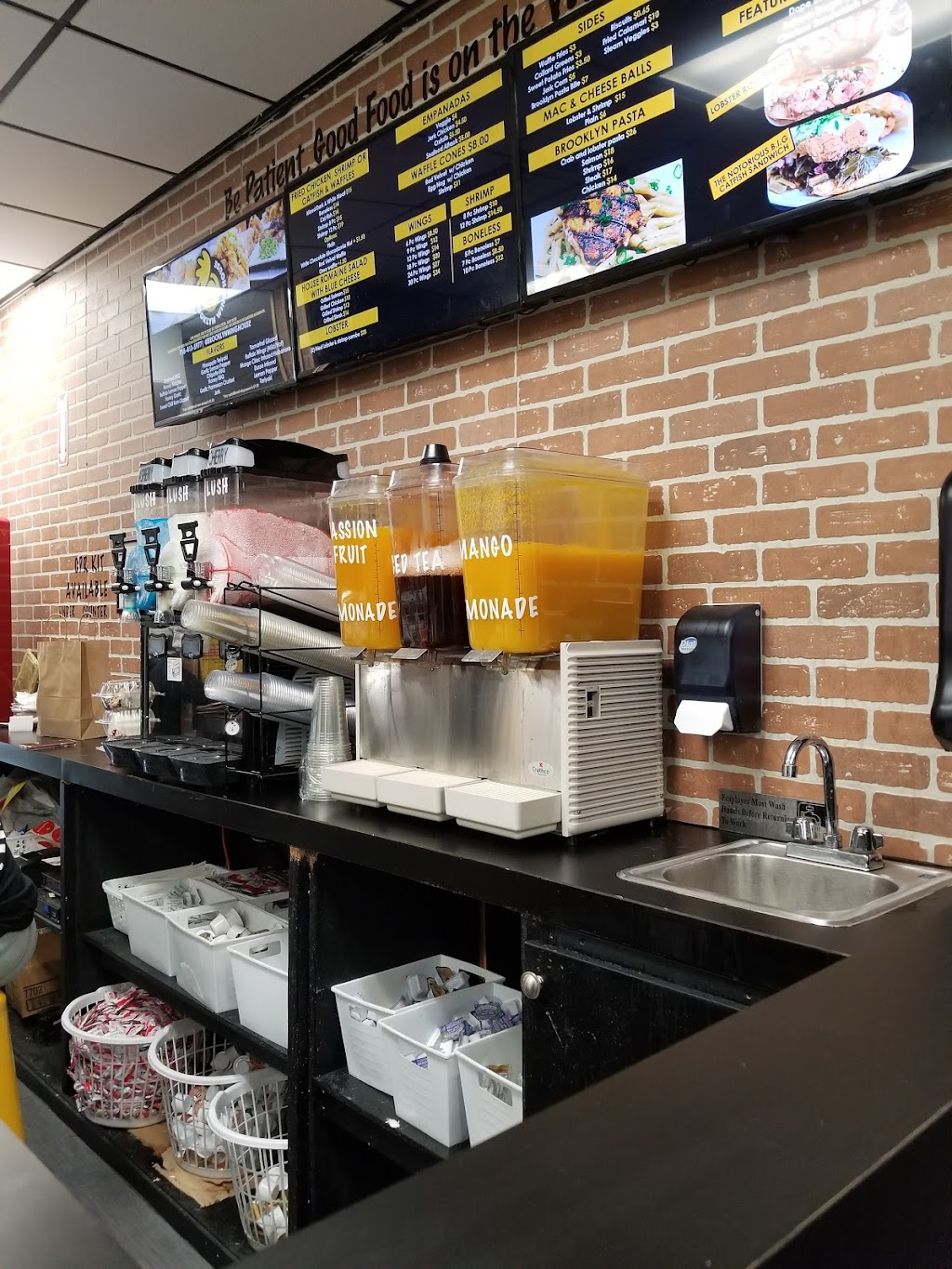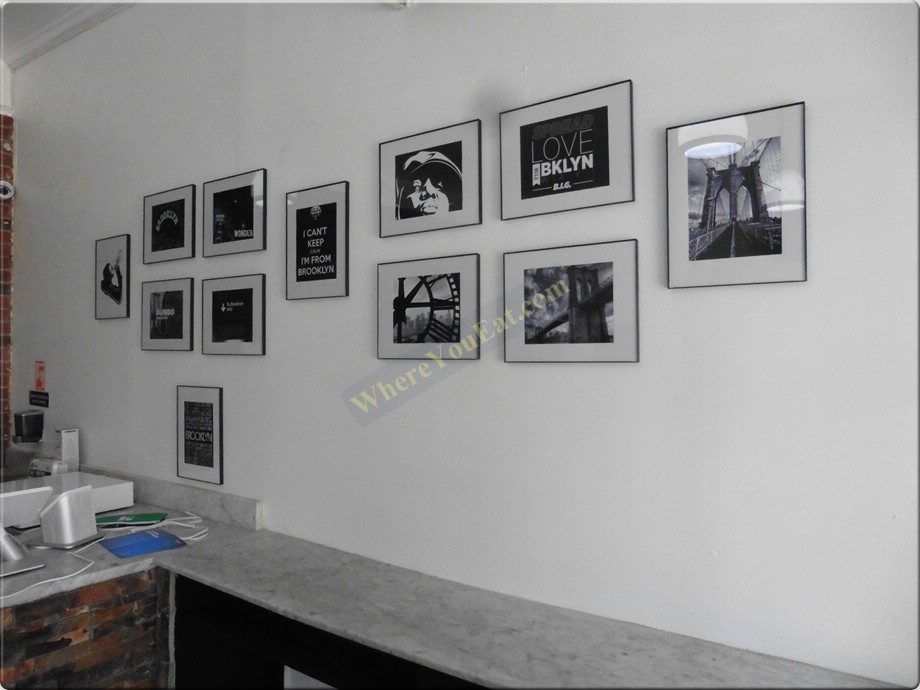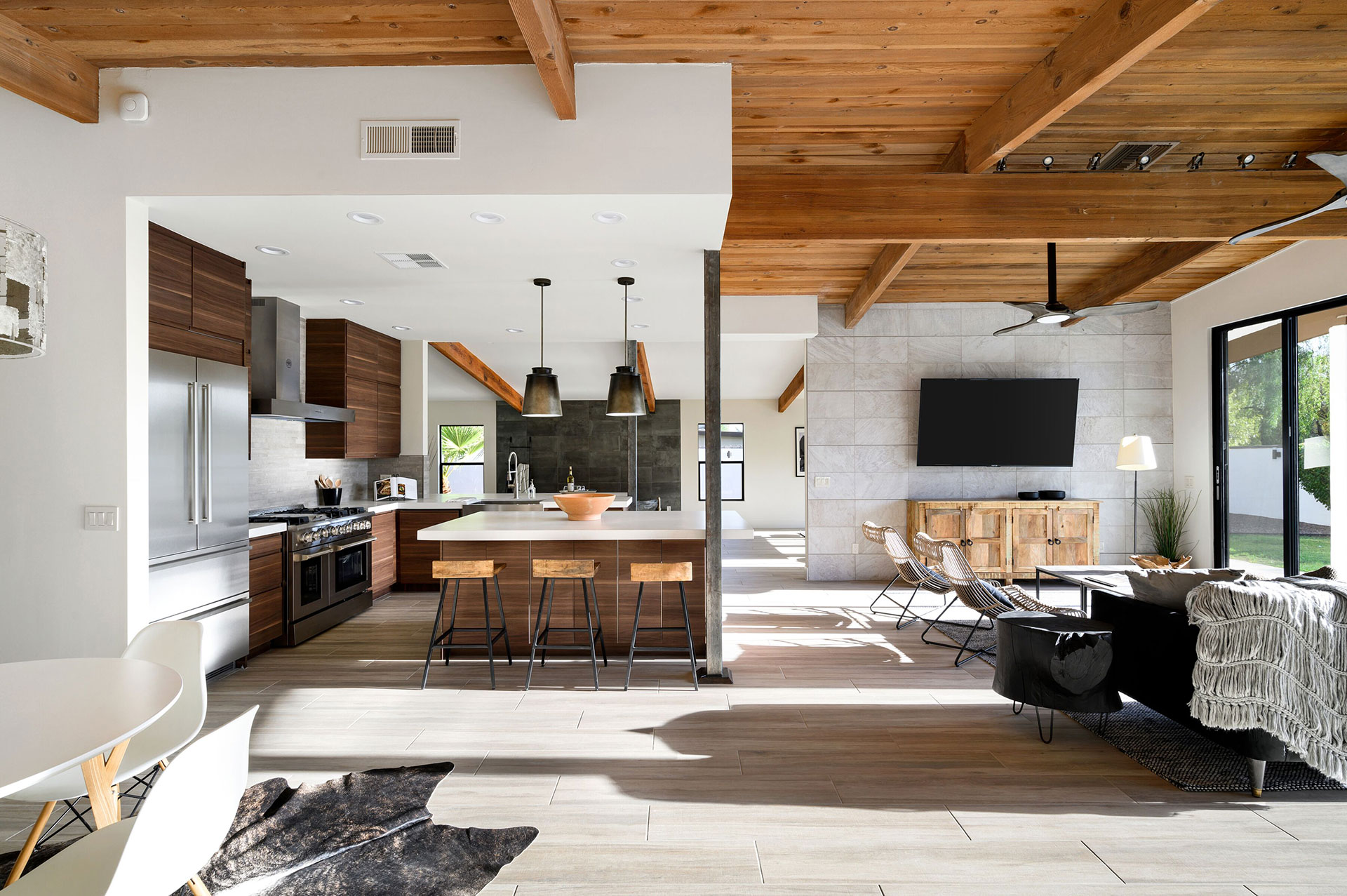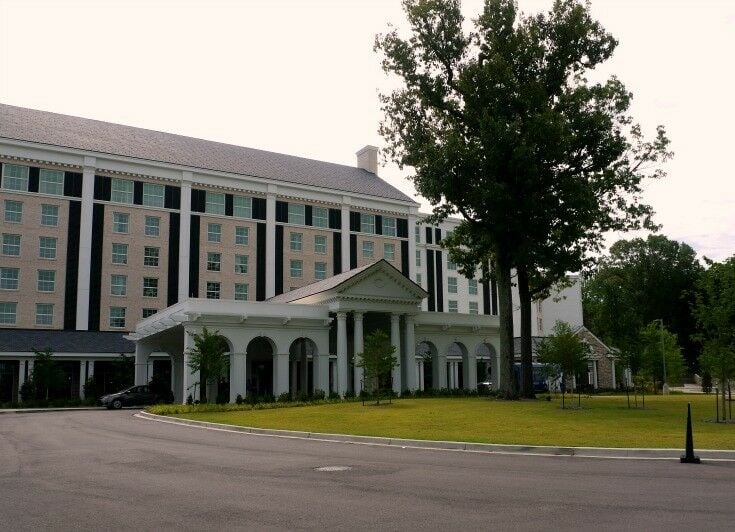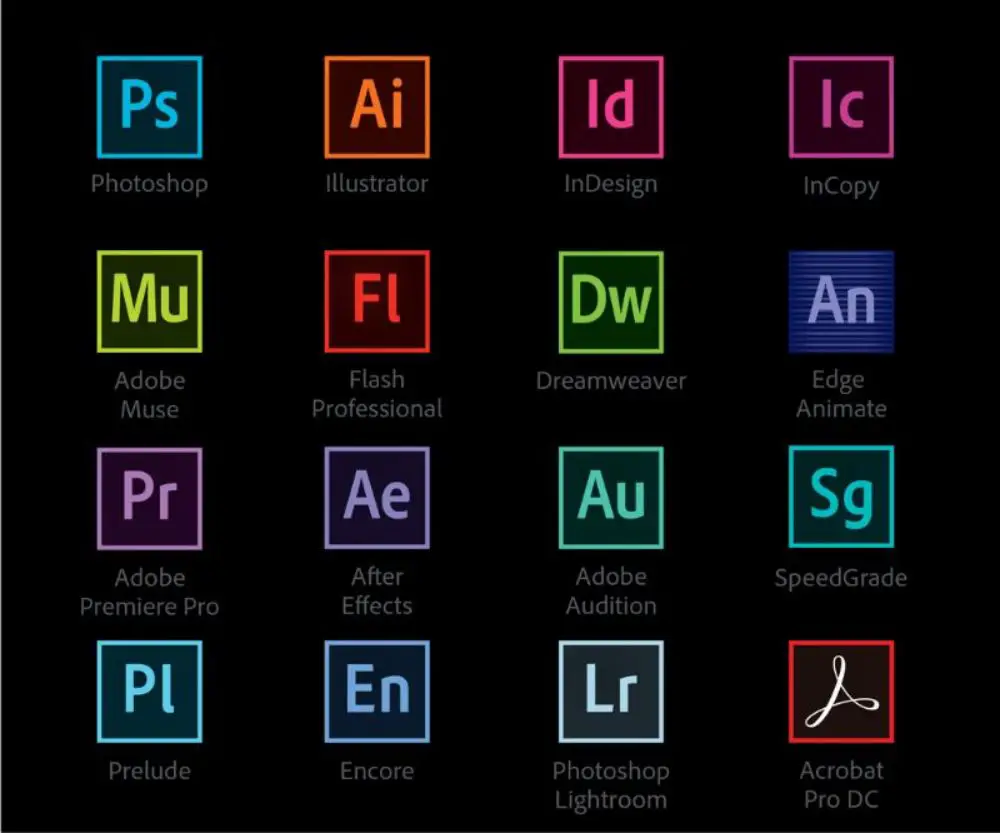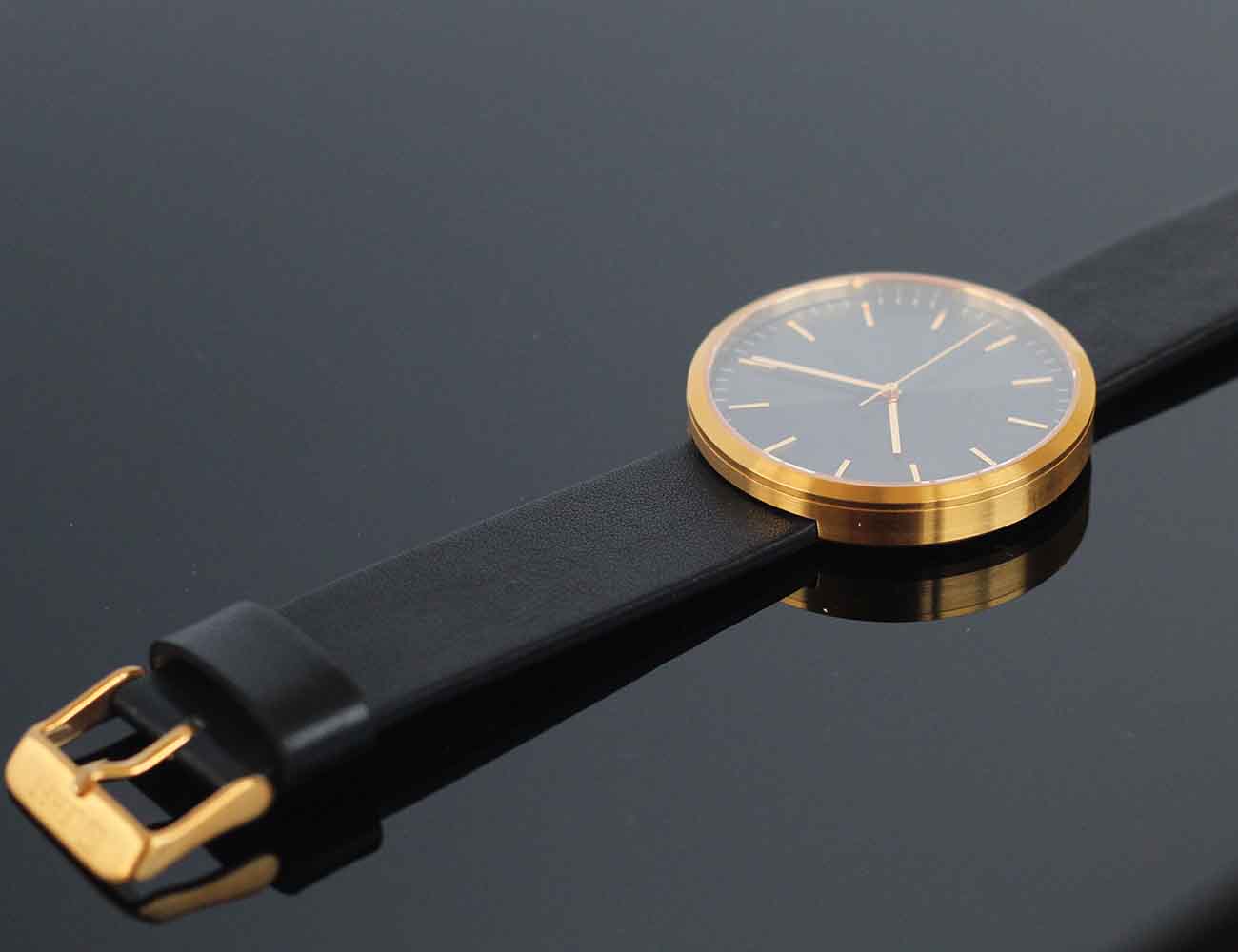Table Of Content
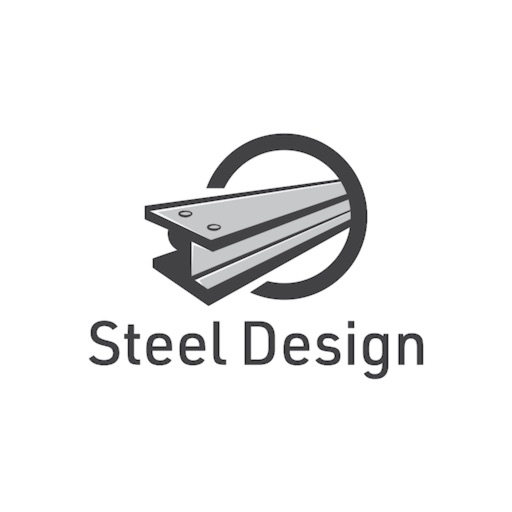
The robustness requirements relate to the building Class (the type, size and use of a building) and establish required levels of robustness for different building Classes. The cost of connections is a significant proportion of the overall cost of the structure and the use of standardised, simple details is recommended wherever possible. Moment resisting connections will undoubtedly be more expensive than the nominally pinned connections used in braced construction . The National Annex may give references to publications and other guidance containing non contradictory complementary information (NCCI) that will assist the designer when designing a structure to the Eurocodes. All frames experience second-order effects, typically because under lateral loads (or simply due to frame imperfections), the vertical loads are no longer concentric with the bases. The effect of this displacement is not accounted for in a first-order analysis.
0 Detailing and Fabricating Steel for Building Structures
According to the above calculation rules, a lightweight steel structure building will significantly reduce and mitigate seismic forces, thereby protecting the stability of the entire building. The Steel Construction Manual, the premier reference for structural steel design and construction in the United States, has been in print since 1927. Since the early 2000s, the Manual has been updated and reissued as a new edition every five to six years to keep up with developments in structural steel codes and standards and to incorporate new materials. The design and construction of structural steel play key roles in many types of facilities, including buildings, infrastructure, equipment and piping supports, and many other miscellaneous support requirements. The resources and the operations involved in structural steel presented in this Executive Insight cover two important elements in structural steel technical fundamentals. The typical overall sequence for steel buildings involves the core and shell.
Steel Structure Warehouse
Now in the table we need to pick the 1st column because the beam (cross-section) is exposed to bending. Steel cross-sections have to be classified in order to find out if the specific element can be calculated with plastic or elastic analysis. Load combinations combine several load cases and multiply the characteristic loads with safety factors.
Daido Steel Accelerates Materials Design and Qualification with ICMD® SaaS Platform from QuesTek - Business Wire
Daido Steel Accelerates Materials Design and Qualification with ICMD® SaaS Platform from QuesTek.
Posted: Mon, 11 Dec 2023 08:00:00 GMT [source]
FCP – America’s Best Built Architectural Steel Structures.
Altair® Inspire™ can be a game-changing tool early in the design process to guide decision-making. Using industry-leading topology optimization technology, students can create a design space that can determine bridges’ ideal material layout based off user-defined objectives, constraints, loads, and more. This can provide critical insight into load path distributions and help predict material layout for an ever-changing set of design constraints. No other material can absorb and recover from an extreme event as well as steel does.
Qualis Solutions LLC
For over 40 years, FCP has pioneered creative steel solutions, superior service, and industry leading execution. No matter how challenging your project is, you can trust the experience of the FCP brand, America’s best built steel structures. Compared with traditional concrete buildings, metal structure buildings use steel plates or section steel instead of reinforced concrete, higher strength, and better seismic resistance.
Free Structural Design Cheatsheet

It is typically provided by an electrode covering, a shielding gas, or a powder. Shop welding became common in the 1950s, followed by field welding in the 1970s. Controlled field welding and alternate systems developed in the 1990s. The field, project, or construction engineer provides construction input, reviews shop drawings, designs temporary steel, and develops detailed erection plans and drawings.
iPhone 12 emits too much radiation and Apple must take it off the market, agency says - WKYT
iPhone 12 emits too much radiation and Apple must take it off the market, agency says.
Posted: Thu, 14 Sep 2023 07:00:00 GMT [source]
It can also help designers choose appropriate steel materials for design. This Design Guide offers everything you need to know to harness the power of SpeedCore, a concrete-filled composite plate shear wall system that allows lightning-fast erection without waiting for concrete to cure. The guide covers coupled and uncoupled systems in planar, C-shaped, and I-shaped configurations. It also includes critical information about designing for wind, fire, and seismic considerations, along with extensive design examples. AISC has produced more than 35 Design Guides to provide detailed information on topics related to structural steel design and construction. Safe practice also requires grounding of the power supply and the work piece.
Architectural Designer jobs
Advantages are high versatility, unlimited electrode length, welding in all positions, slag-free weld bead, and high deposition rates. Flux cored arc welding (FCAW) uses a continuous filler metal electrode that is automatically fed as wire from a role. The tubular electrode contains core ingredients that supply some or all the shielding gas needed. Gas-shielded flux core processes include an external gas supply to supplement shielding from the core.
The delivery sequence and location for receiving steel at a project site is determined by the available laydown and shakeout space. Typically, steel is delivered at the project site first in the morning and then after lunch. Projects with a staging area allow shakeout and positioning for more efficient erection. Additional rules are provided in separate Parts for other structures, e.g. The Eurocodes omit some design guidance where it is considered to be readily available in text books or other established sources.
The guide discusses the responsibilities of the building structural engineer and the steelwork contractor and suggests where the responsibilities are best divided. It also considers the impact of deviations between the theoretical positions of the parts of the connection and their as-erected positions. Our reputation as America’s “Best Built” creative steel structures starts with years of experience. As steel artisans, we only use industrial quality steel and metal components for structural steel fabrication projects. We can engineer architectural steel structures to meet the form and function requirements of your most challenging project applications. Contact us today to start a conversation about your steel fabrication project.
The projects that we rose to the challenge, the ones that have built our reputation as America’s “Best Built” steel structures. The local cultural and historical background must also be considered to create safe, durable, and impressive architectural works. The purpose of load analysis is to ensure that the building can operate safely under various external force factors and that no structural damage or collapse will occur, even in extreme situations.
The characteristic values of loads depend on a lot of different factors like location, National Annex and geometry of the building and roof to name just a few. The loads of a structure depend on its location, geometry, building type and other factors. The rate of heat input to the workpiece during welding is governed by magnitude and rate of energy input at the weld, the distribution of heat input, and the weld travel speed.
For this reason, we suggest Altair SimSolid® as a digital alternative to physical testing. From preliminary design to global analysis and digital validation, Altair's software empowers teams to optimize their designs to reach their goals. Another factor that affects the stability factor is the strength of the material. Specifically, the stability coefficient in steel structures is related to the yield strength of the component material.
For buildings up to four storeys high, continuous frames may be used in which the multiple beam to column connections provide bending resistance and stiffness to resist horizontal loads. This is generally only possible where the beams are relatively deep (400 mm to 500 mm) and where the column size is increased to resist the applied moments. The connections between members are likely to be more expensive than those in braced frames. In the design of multi-story or high-rise buildings, data calculations are usually performed using frame structures rather than starting from the stability of the steel structure. In actual calculations, we need to use the coefficients of the virtual frame columns to ensure the overall strength of the steel structure. To meet the stability of steel structure design, we need to set specific calculation templates, which can be used in subsequent calculations to obtain reliable data.
